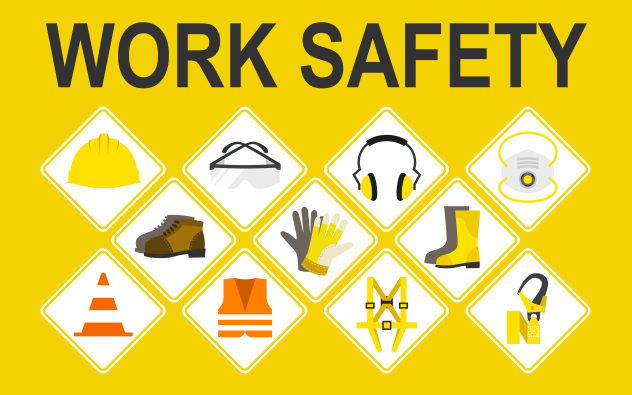Manufacturing companies should be paying close attention to health and safety management. Since multiple hazards exist in any manufacturing environment, those businesses that fail to develop and maintain an effective safety policy could find themselves embroiled in legal and financial issues that could have been prevented.
Serious workplace accidents can inflict painful penalties, slow down production, and result in higher insurance premiums. Here are five ways to keep your workers safe and also protect your bottom line:
1. Make safety your organization‘s priority
While having a standard operating procedure for safety is essential, it must also be taught and maintained by management. In other words, safety must become part of an organization’s culture, and managers need to instill its importance and ensure that everyone is paying close attention to the rules of working safely.
2. Develop a safety training program
Comprehensive training must be given to all employees in the workplace, and regular refresher courses are essential. Employees need training on equipment, personal safety, and first aid. They should be familiar enough with their machines, so they recognize when it’s not working correctly. And they should know who to contact in a medical emergency and how to evacuate the facility.
After each training session, workers should sign a form acknowledging that they understand the health and safety requirements. The form should become part of their file.
3. Take a close look at your processes
Jobs that require repetitive activities can cause many issues with workers. As fatigue sets in, the chance for an accident increases. Rotating employees on these types of jobs keeps fresh and alert people on the task at all times. Regular breaks are also necessary to keep them attentive and safe.
4. Set up a maintenance program for your machinery
Equipment that isn’t maintained can be very hazardous. To minimize the risk, make sure your machinery is inspected regularly by a maintenance professional, either in-house or contracted. And while these inspections are crucial, it’s a good idea to train your operators to perform a quick check before and after using each machine. Those who use the equipment should know how it looks and sounds when it’s working correctly. That way, they will know when to shut it down before it has a chance to harm.
5. Know which risks are permanent and plan for them
Some machines in your facility and certain areas are inherently dangerous. You should identify these permanent risks and prepare for them. Oils, solvents, and other chemicals are risks that can’t be removed, but you can make sure they are in the right containers, appropriately stored, and handled safely. Modern CNC machinery moves at lightning-fast speeds and only highly skilled and trained operators should use them. Confined spaces are yet another permanent hazard, and it’s critical to train your employees to understand the risks of becoming trapped.
Do you need more help in creating a safe work environment?
Give us a call! The Resource has been helping employers for over 40 years, and our expert staff is ready to assist you any way we can.

